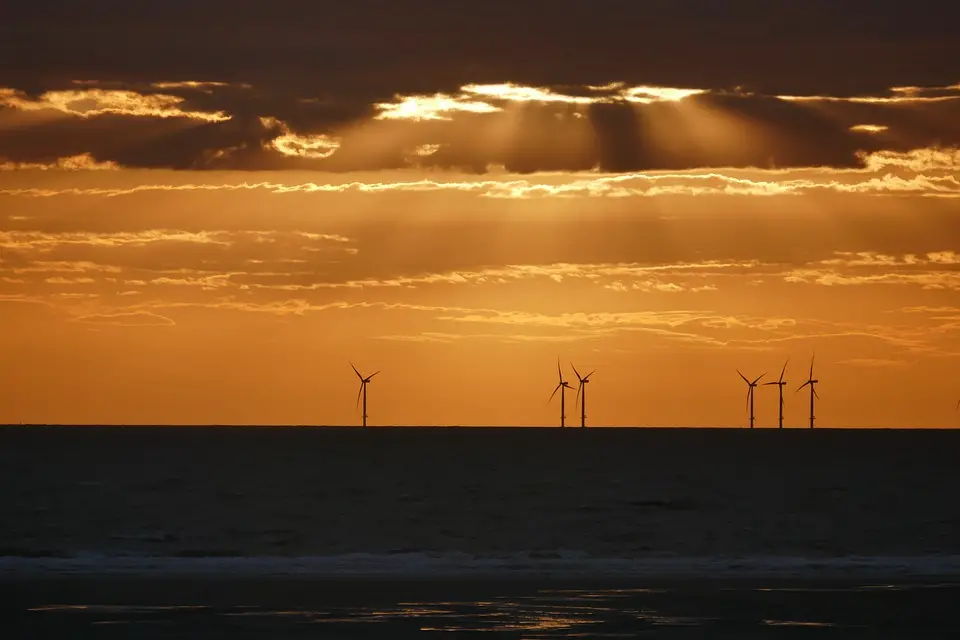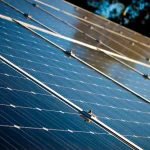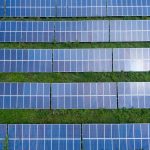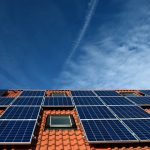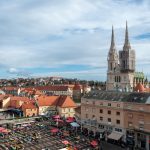As Poslovni Dnevnik writes, engulfed in the ongoing fear of rising electricity and gas prices, people are increasingly turning to greener, sustainable alternatives. Interest in solar energy is increasing across the country, which has been well and truly confirmed by HEP’s data on the matter, as they are being overwhelmed by requests for solar power and household connections to said power source.
In the first six months of last year, there were only 295 requests of that nature, while in the same period this year, that number was a staggering six times higher. By the end of August 2022, almost 2,900 power plants had been installed, of which 1,540 were installed this year alone, reports HRT. Thirteen solar panels on the a roof with three households drawing power from them will be enough, homeowners hope, to slash their bills in half.
”We expect that the power plant will produce approximately 5,000 KWh per year, and in that case we’d actually manage to achieve significant savings on the level of electricity consumption. The system itself should pay for itself in five to six years,” says Zoran Kordic, the manager and co-founder of the Green Energy Cooperative.
The number of Croatian households opting for solar power plants is constantly growing, and there are currently a little over 2,800 of them. “We have one solar factory in Croatia, which currently cannot cover all the needs we expect in the coming years. This is a great opportunity for Croatia to invest in this direction as well,” said Vjeka Ercegovac from the economic interest association Renewable Energy Sources of Croatia.
“The problem is that we don’t have enough staff. The number of companies installing solar panels on roofs just isn’t enough for the Croatian market, and whoever gets involved in that market will do a good job,” says Neven Duic, a professor at the Faculty of Mechanical Engineering and Shipbuilding in Zagreb.
In addition, the “eternal” problem is this country’s ridiculous and painfully slow administration. The connection to HEP’s network is what people are typically waiting for the longest. “We have situations where people wait for six months. So, when the installation is already up, and you have to wait six months for the connection, these are situations that absolutely must not be permitted to happen,” stated Kordic.
HEP also stated that there is a delay in resolving people’s requests due to the great interest in this people suddenly have. “The increased interest people are having in solar panels, and thus the enormous increase in the number of requests for connections, is the result of the current energy crisis and the rise in the prices of energy and energy products, as well as tax incentives for the purchase and installation of photovoltaic panels,” reads a HEP press release on the topic.
Everything is going in the direction of the Republic of Croatia being 100 percent renewable and self-sufficient when it comes to energy. It is precisely for this reason that the possibility of exploiting offshore wind in northern Adriatic waters is being very seriously considered. It would be, if it ever comes to fruition, a floating wind farm.
“It would theoretically produce 10 kWh of wind, which would be enough not only for Croatian needs, but also for exporting it elsewhere. So, with the development of offshore wind facilities, Croatia could become an exporter of electricity,” said Duic. Due to the climatic conditions here in Croatia, Professor Duic believes that, in addition to electricity, we could also export green hydrogen, which could replace fossil fuels.
“Green” and independent
There is no shortage of positive experiences when it comes to savings made thanks to solar panels on your own roof. Igor Balazinec’s house has been lit up for two years thanks to his own solar power panels, and the investment should pay for itself in a mere four years. They decided on this move, he says, in order to be “green”, independent and to have zero electricity bills.
For more, make sure to keep up with our dedicated news section.

